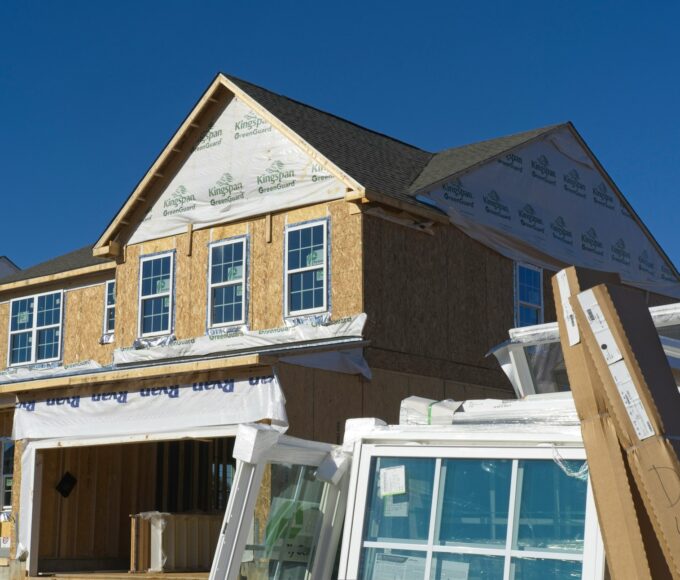Concrete is used for building city towers, highways, houses, and bridges in Australia. These projects use concrete because it is strong and works for many needs. Cutting, grinding, and polishing concrete using water makes concrete slurry, which contains both water and cement dust. When sites do not handle this slurry, it can enter soil or water and cause damage. Workers need to learn about correct slurry disposal methods to stop harm from happening.
Building laws in Australia are stricter now, with many people supporting clean construction. If slurry is not managed, it can reach drains, rivers, or the ground, changing the pH of water and making pollution. Fish, plants, and soil can get damaged by this pollution and lose quality. Concrete slurry removal in a safe way is required by law in many states. These laws are designed to make sure construction helps meet environmental goals in Australia.

Understanding the Environmental Impact of Concrete Slurry
Wet concrete slurry can look safe but has high pH and tiny bits that harm the earth. Tests show fresh slurry holds a pH between 11 and 13, the same as bleach. If it gets in the ground or water, it burns plants and affects animals. Letting slurry run into drains can block pipes and lower oxygen in water, which is bad for fish.
In Australia, drought and water shortages are common, so protecting water is important. Slurry with high pH harms rivers and turns healthy soil into poor soil. When this mix dries, it forms a hard crust, making removal more expensive and hard. The dried material blocks storm water paths and increases landfill. Because of these problems, all construction sites should handle slurry to avoid damage.
On-Site Slurry Solidification and Containment
Managing concrete slurry on-site by solidifying it is a practical method used in construction across Australia. Teams start by collecting wet slurry in pits, sumps, or holding tanks where gravity causes the heavy particles to settle. Water rises above the solids and workers drain or pump it for safe recycling or further use on site. Drying agents such as lime, sawdust, or chemical polymer products are mixed with the trapped solids to speed up the drying process.
Solid slurry is moved more efficiently to licensed landfill or sent to recycling centres. Contractors sometimes use dry slurry as backfill or for base layers in road building, lowering the need for fresh extraction of soil or stone. Some sites set up containment equipment that matches project needs and meets Australian environmental guidelines. These systems enable direct compliance and also make handling and disposal costs lower during the full project timeline.
Water Recycling and Reuse in Construction Sites
Australia faces many droughts and changing rainfall, so builders now focus on using less fresh water on construction sites. Workers can filter water from concrete slurry after removing solids, then use this water for tasks like washing tools, mixing new batches, or spraying for dust control. Reusing this filtered water means less wastewater is created, which limits the amount sent for formal disposal.
Sedimentation tanks, weir structures, or mobile treatment units are used on sites to clean and recycle slurry water. These filtration systems pull out small bits and harmful substances, so the water meets workplace needs again. Large projects save a lot of money by reusing water, and this also helps with full compliance under Australian sustainable building standards. Following these steps helps contractors get recognised by Green Star and other ratings for environment-focused building methods.
Utilising Professional Slurry Management Services
Australian builders often hire companies that know how to safely handle large volumes of slurry from their job sites. These companies use strong vacuum pumps, sealed tanks, and movable treatment plants to collect and process wet concrete waste. They follow strict local and national rules for treatment, transfer, and final disposal, meeting every detail in the law.
Advanced filtration systems using sedimentation tanks, weir structures, or even portable water treatment units are now available to construction firms and can be installed on-site. These systems remove fine particulates and contaminants, making the water suitable for reuse. In large-scale projects, this approach can lead to significant savings in water costs and provide a more sustainable model for managing slurry-related waste. Such practices align with Australian standards for sustainable building and are increasingly recognised in Green Star certifications and other environmentally-focused building ratings.

Regulatory Environment and Industry Standards in Australia
Australia’s national and regional environment authorities have put in place which is that of which environmental management of concrete slurry. For example the Environmental Protection Agencies (EPA) in many states like New South Wales and Victoria have come out with orders that discharge of slurry into storm water systems and public land is not acceptable. Breaking these rules is which may also see companies go to court, hence it is very important for construction firms to keep up with local laws.
Implementation of best practices which include bonding of wet works areas, putting in place spill response plans, use of sediment traps, and training workers on slurry hazards is what a responsible disposal strategy should consist of. These practices not only see to it that the environment is protected but also in the long term reduce operational costs and which in turn promote a better safe work environment.
















